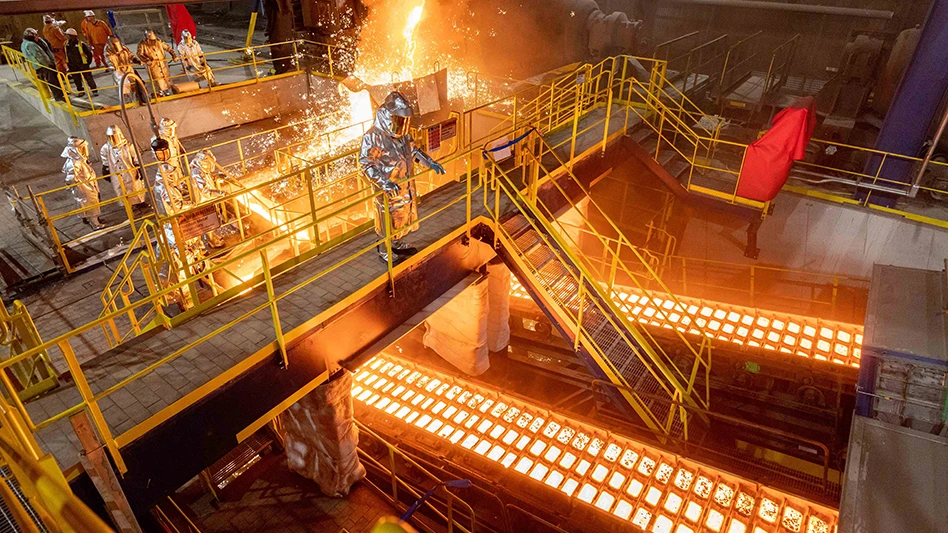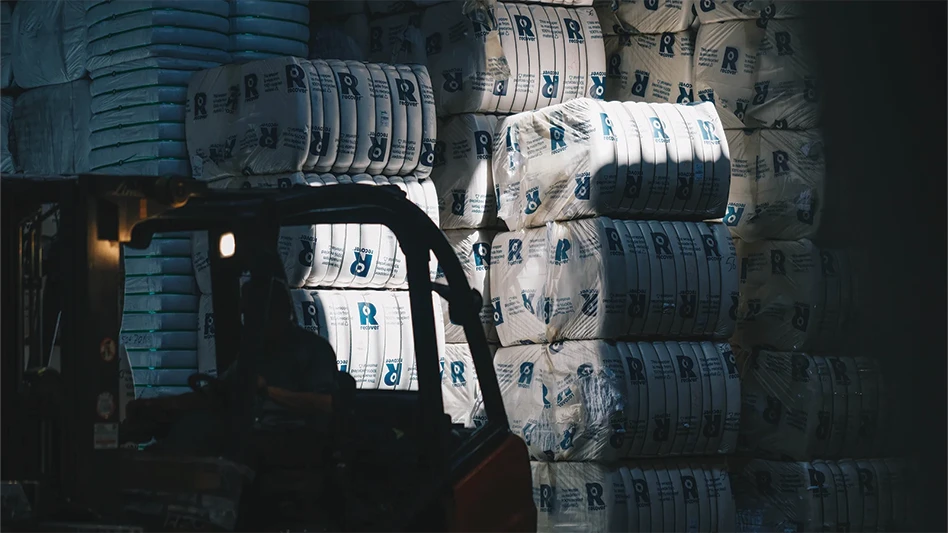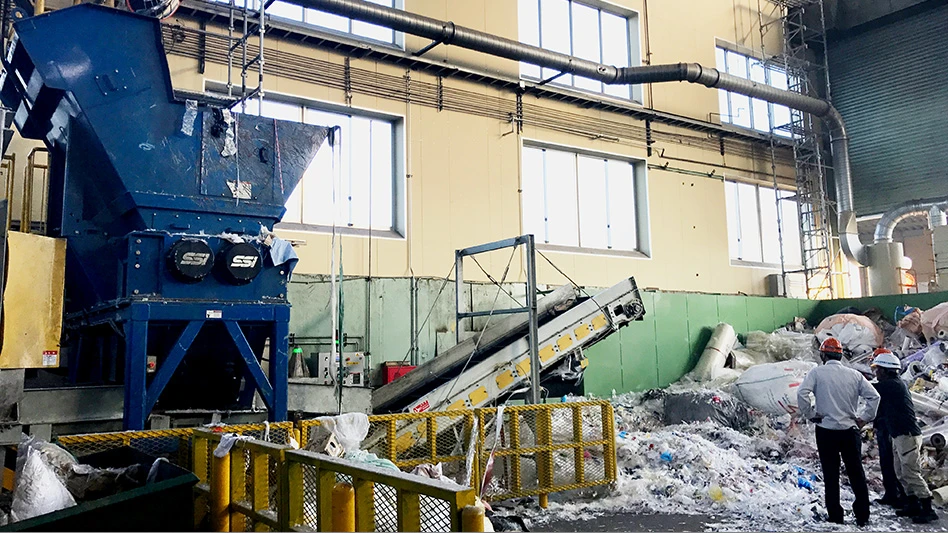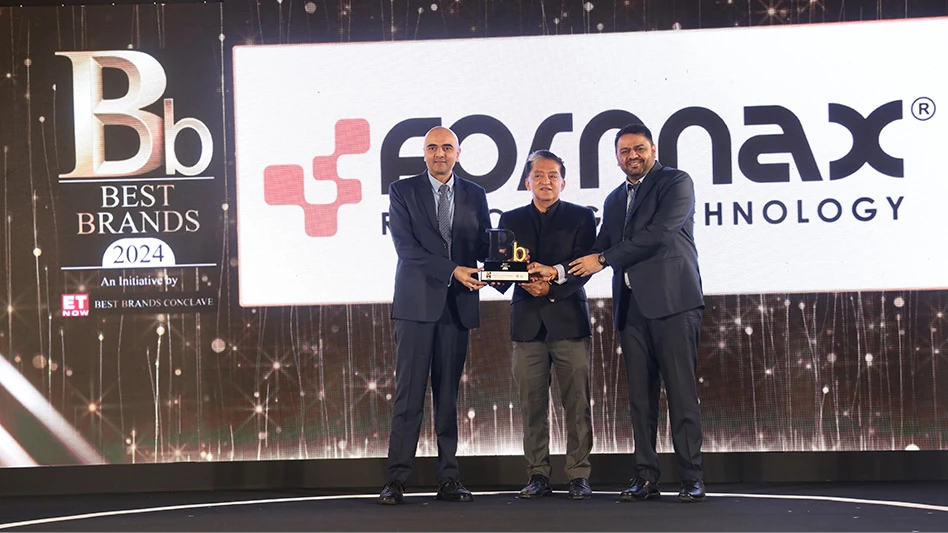
John Lair, president and CEO of Momentum Recycling, has experienced the demand from customers to recycle glass. Since 2008, the Salt Lake City-based recycler has provided services to commercial businesses in the region, where glass wasn’t commonly accepted in single-stream collections. Working with an area glass processor, Momentum started collecting glass from commercial customers, including bars and restaurants. The program became so popular the processor couldn’t keep up and shut down, Lair says.
“Essentially, the facility was too small, and the equipment wasn’t appropriate for the volume and cleanliness required” to recycle the glass, he explains.
To keep the program going, Momentum built a glass processing facility in 2012 in Salt Lake City with advanced optical sorters for detecting and removing contamination, such as labels, and sorting glass by color. The program quickly gained momentum from commercial to residential communities, where glass recycling is in high demand.
Momentum partnered with Pocatello, Idaho, to start a glass recycling program last year. The buzz of the program reached Idaho Falls and other outside communities. Under a new partnership with Momentum, Idaho Falls provides glass recycling containers around the city and hauls the glass to a central location where Momentum picks it up. Now, Park City, Utah, offers a similar glass program, which is a $12 per month collection service for residents and doesn’t require sorting.

“This glass facility is the only one in the whole region,” Lair explains. “If you go west, you’d have to go all the way to the coast. There’s a facility in Portland and several in northern California.”
“Citizens really want to see glass getting recycled rather than landfilled or downcycled into some other alternate use,” he adds. “They’re willing to spend extra money to see glass coming to a facility like ours.”
The Utah facility processes 14,000 tons of glass per year and collects glass from as far away as Evanston, Wyoming, and Billings, Montana. The glass is then sold to an Owens Corning fiberglass insulation plant.
One of the challenges of glass recycling is the cost of transport. Before forming a new partnership, Lair works with the city to figure out hauling costs. In Utah, Momentum can help keep costs low by transporting 40 tons per haul with double-wide trailers.
“Glass is expensive to transport,” Lair says. “That is a limiting factor, but the fact that we have this facility in Salt Lake City, we want other communities to bring their glass to us for processing.”
“When I have conversations with new cities, we can talk about how we’ve done it up to this point, but every city is going to be different,” he adds. “Communities make decisions on what works best for them. It often comes down to the financial realities in those communities.”
Today, Momentum operates glass processing facilities in Salt Lake City and Denver, Colorado.
Before the addition of Momentum’s Denver glass recycling facility, six percent of Colorado’s glass was recycled. The number has increased to 23 percent with a 50 percent goal. About 50,000 tons of glass is processed at the Denver “bottle to bottle” recycling facility per year, where glass is collected, cleaned and turned back into bottles.
Despite myths about glass not being recyclable, Lair says glass can be recycled with the right equipment and partnerships.
“The relationships we have with Idaho Falls and the city department--the collection methods they’re using, the storage, the transport--all of that translates directly into its ability to be processed in our plant,” Lair says. “By working closely together as partners, we were able to design a system that works.”
In the Denver area, Momentum works with regional material recovery facilities (MRFs) to take glass from single-stream collections.
“It only works because of the close partnerships we have with those MRF operators,” he says. “They’ve been willing to make modifications in their systems, so the material as it comes into our plant stands a much better chance of being recovered and processed and turned back into bottles.”
Lair suggests cities struggling with glass recycling programs take a “fresh look” at partnerships that could exist within “larger communities.” Once the initial investment is made, he says glass recycling is sustainable. For Idaho Falls, which invested $35,000 to start the project, the partnership not only means answering the requests of residents for glass recycling but diverting material from Bonneville County landfill.
As for the future for glass, Lair says the material has been neglected in the past few decades as single-stream systems have emerged; however, challenges due to China’s import ban and pressures on other commodities has made recyclers realize “glass is pretty stable.”
“If you invest in local economy and get it set up, it’s a long-term game at that point and it’s very predictable,” Lair says. “That provides a level of stability that’s good for cities, processors, MRFs and end market manufacturers.”
“Stability is really valuable,” he adds. “I think we’ve all learned that over the years in recycling.”Latest from Recycling Today
- Biden officially blocks Nippon Steel’s acquisition of US Steel
- Highland Sanitation awarded solid waste and recycling contract in Wanamingo, Minnesota
- Ecobat gathers support for California permit renewal
- RecyclX platform designed to provide materials transparency
- Turkish mills sampled wide scrap market in 2024
- GLE Scrap Metal acquires interest in Mallin Cos.
- 2024 marks strong year for Van Dyk
- Recycled metal portrayed as former dictator’s fiefdom





